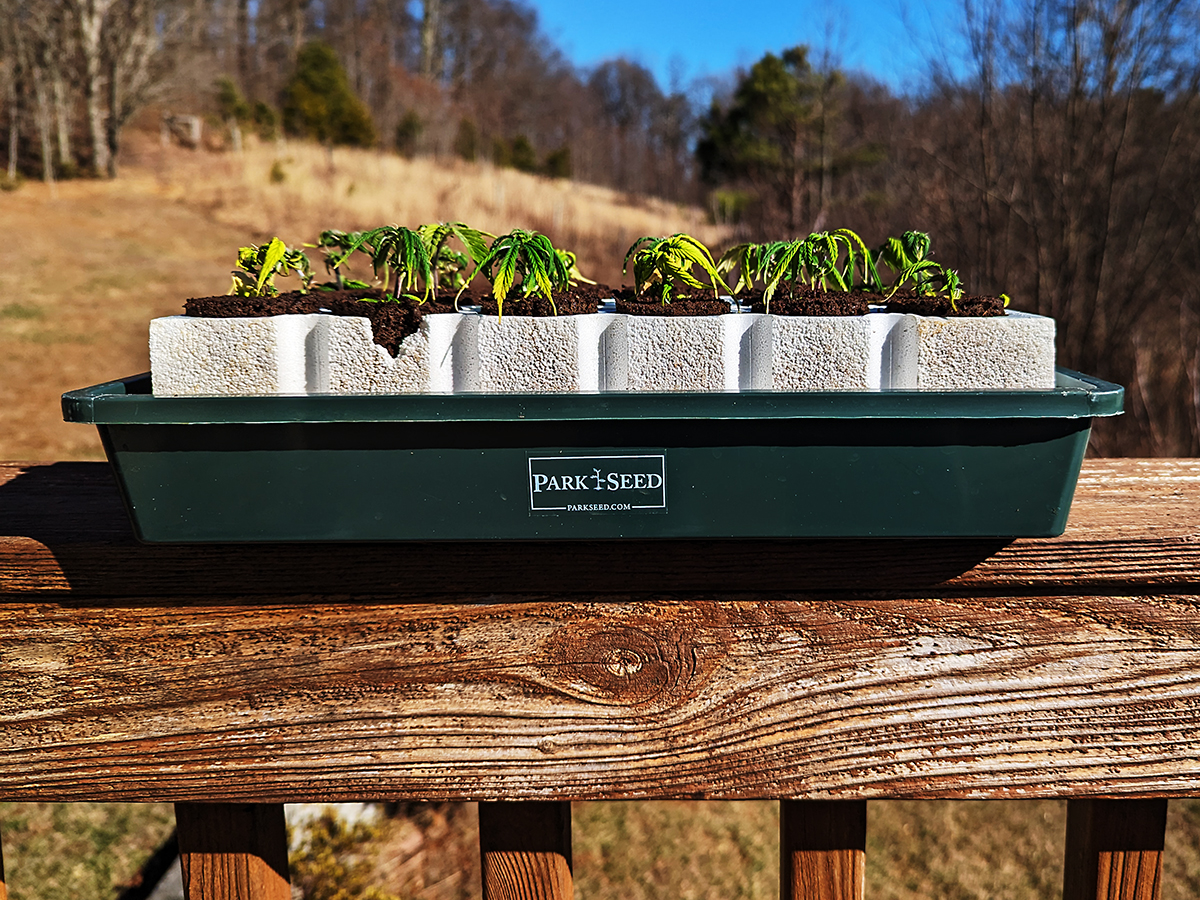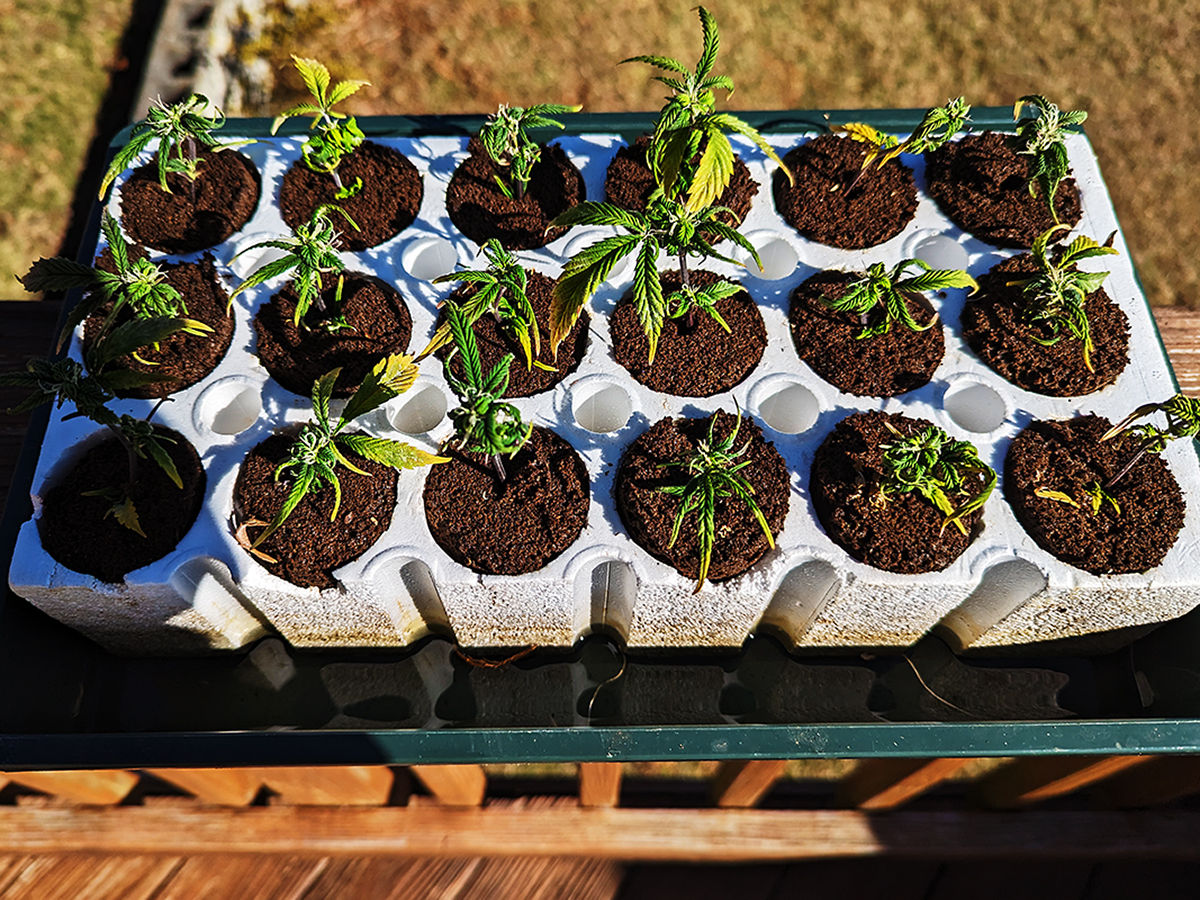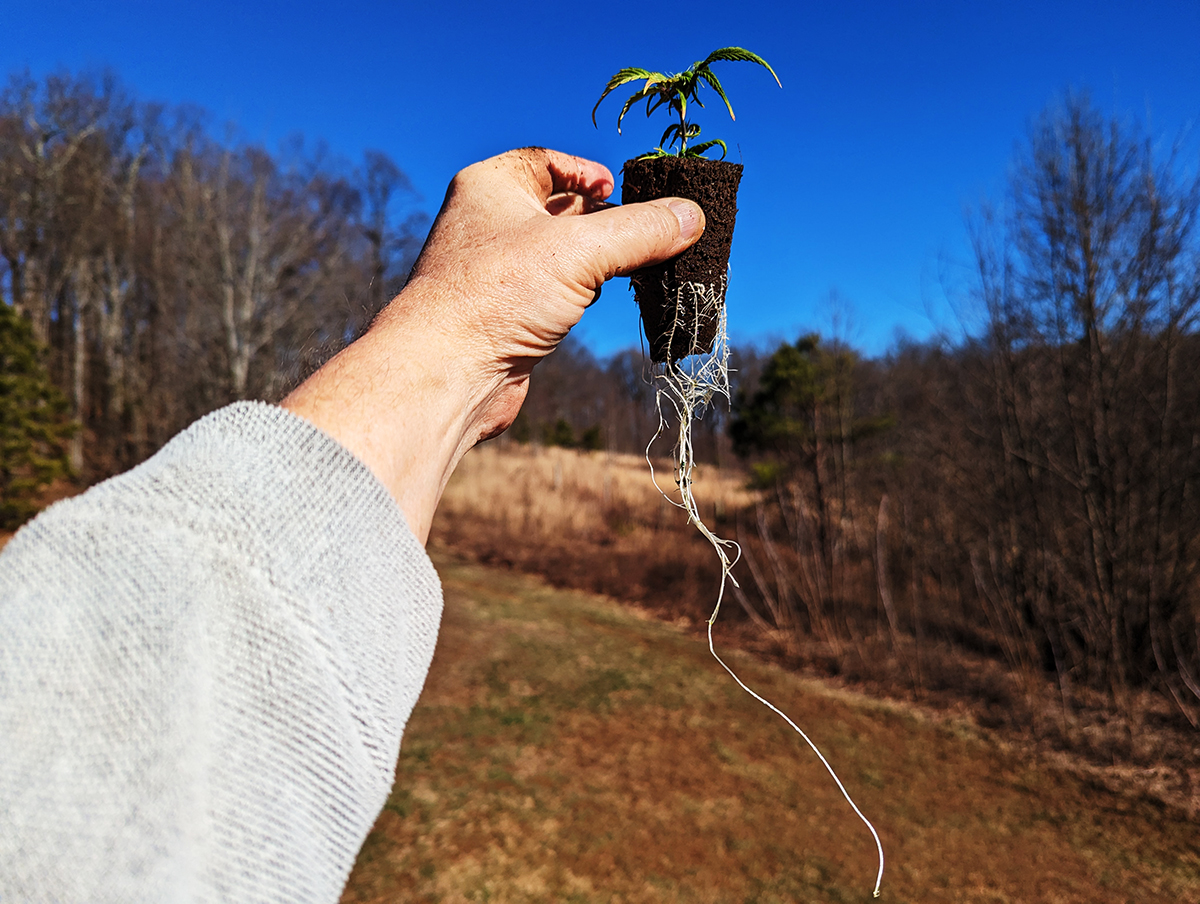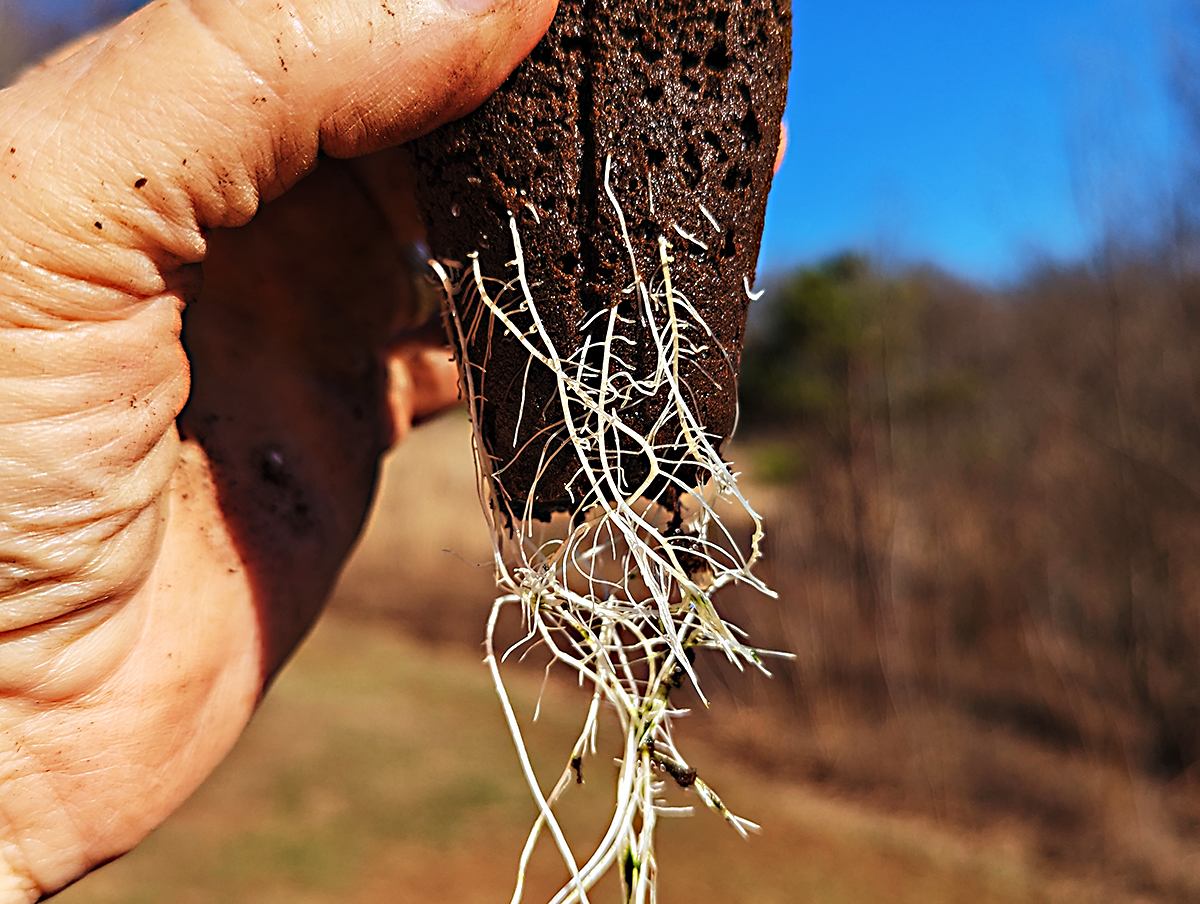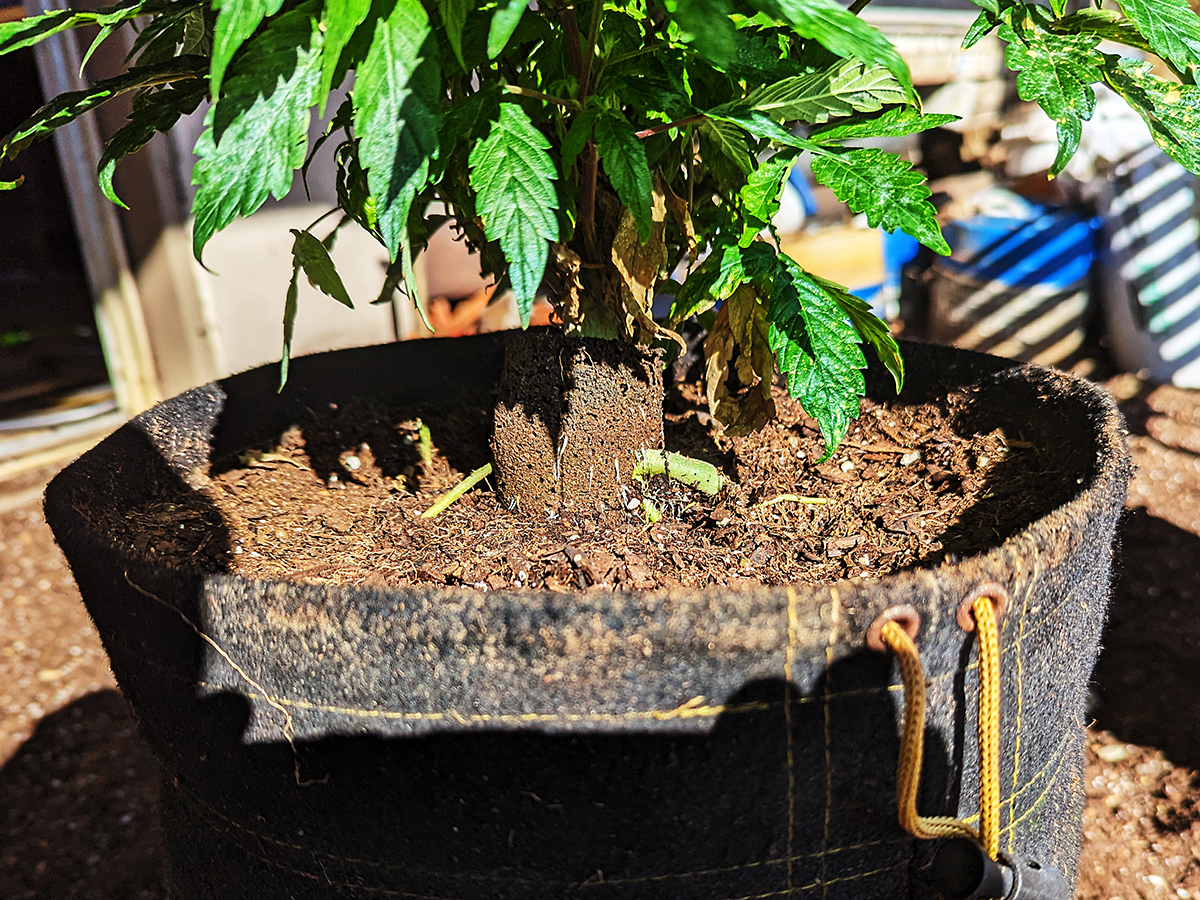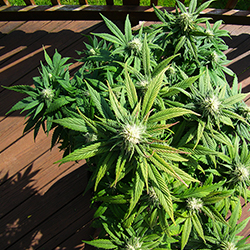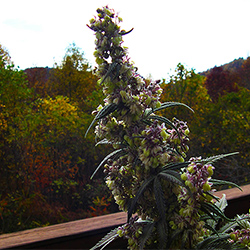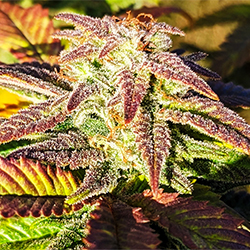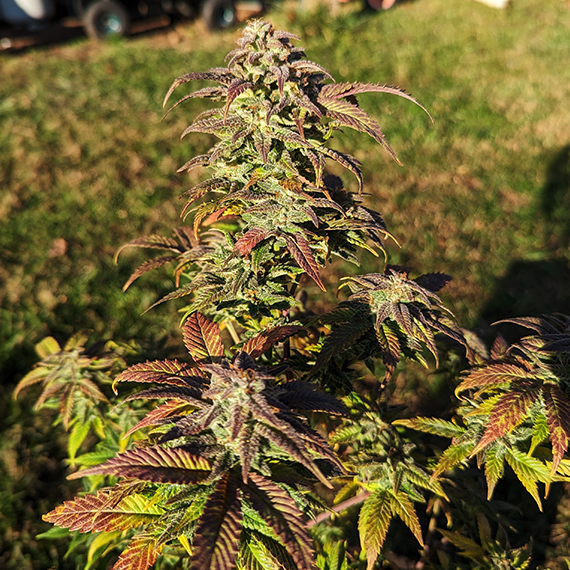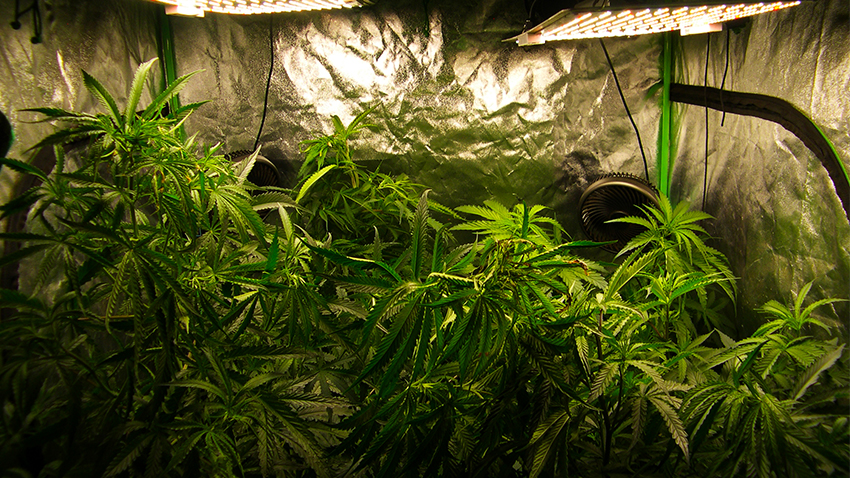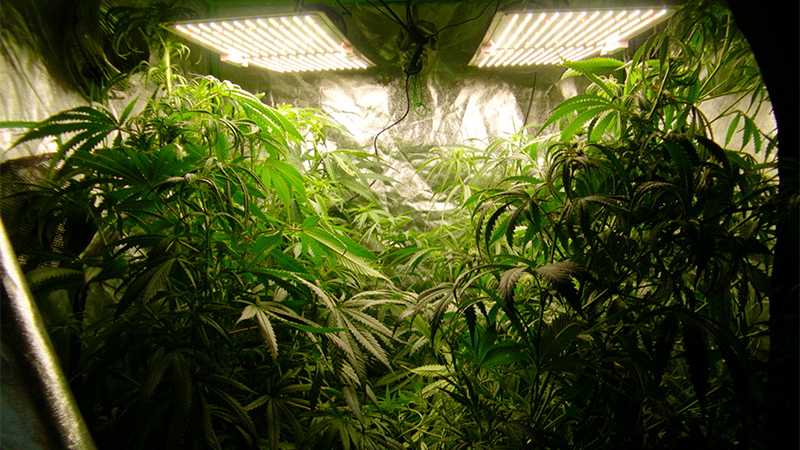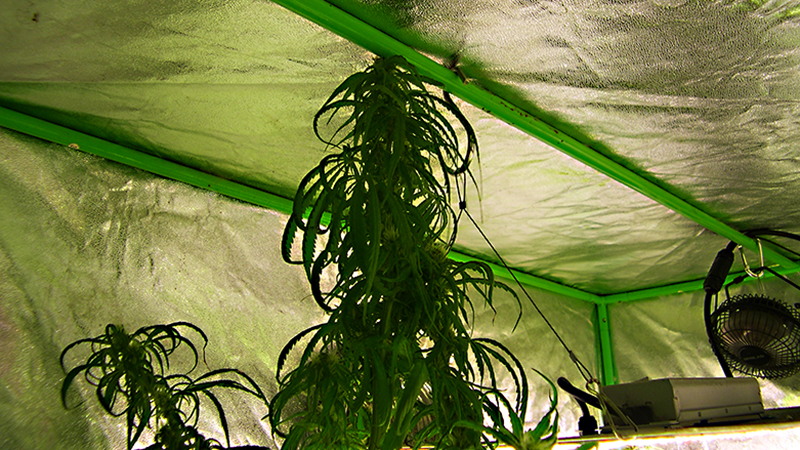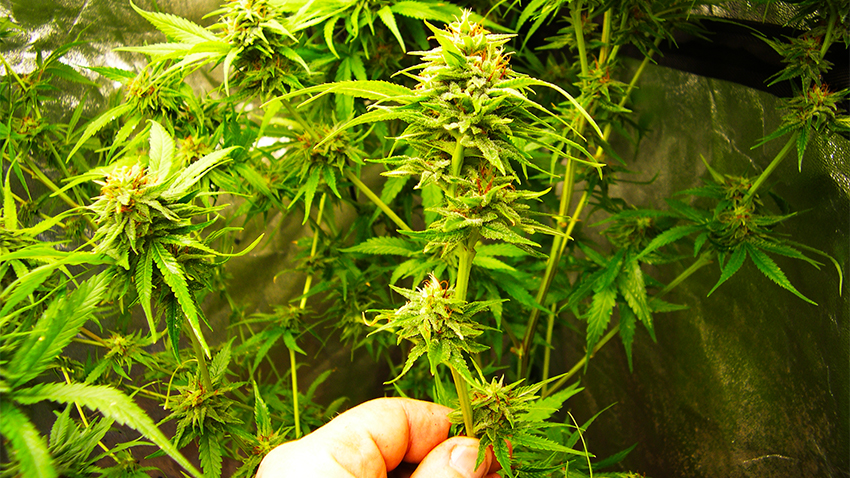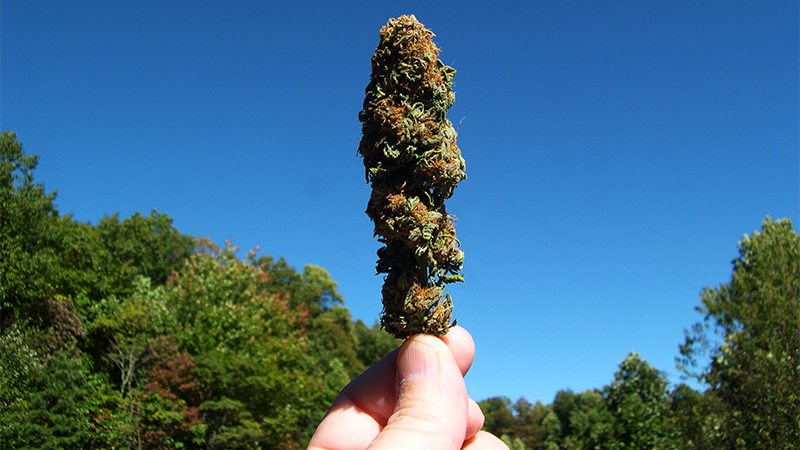As I’ve posted before, the most basic formula for the successful development of cannabis is roots + leaves = flowers. From the initial emergence of the tap root from the seed until the final cut of the stalk at harvest, everything I do is focused on the development of the root system. Since I grow in dirt, it’s impossible to discuss root development without mentioning soil. I have advocated since the 90’s for using whatever brand of good, quality potting soil that is on sale. Since I’m an old fuck and my memory sucks, the only name brands I can remember using besides Scott’s is a Lowe’s brand called Sta-Green but I’ve used generic Wal-Mart potting soil as well. As long as it’s primarily peat based, it’s really hard to go wrong with most commercially available potting soil. I just empty out the bags, saturate the hell out of it with spring water to get it used to the pH of our water and to wash out the soluble fertilizer they add. I’m aware the current trend is coco coir but I still stick to peat based soils. If it ain’t broke, I don’t try to fix it. I usually add some vermiculite for water retention and even with the spring water flush, additional fertilizer is seldom needed during the initial grow.
Over-fertilization is second only to over-watering as the main cause of failure when growing cannabis. Overzealous growers just love their plants to death. In addition to soil, it’s impossible to discuss the development of the root system without emphasizing the effect watering has on the development of roots. If soil is completely and constantly saturated with water, the roots will rot and die, as will the entire plant. Allowing the soil to completely dry out until the plant wilts will result in the death of the plant as well. There have to be periods of time where the soil is allowed to dry out, shrink a bit and develop air pockets around the roots. One of the most frequent questions new growers have when first starting out is, “How much do I water?” There is absolutely no way that question can be answered, because every growing environment is quite unique, given the variables of temperature, humidity, air velocity, etc. After a few grows, you get where you can tell when to water, based on the overall weight of the container. Almost every new grower uses too much water, which causes a cascade of negative effects that usually mimic nutrient deficiencies.
I saturate soil before transplanting clones or seedlings and I don’t water again for about a week. I'll spritz the plants every couple of days but I don’t add any additional water to the soil. When I do water, I use just enough to rehydrate the soil without saturating it. Alternating periods of adequate water with periods of dryness drives the development of roots. I think fabric containers are one of the very best advancements in the development of cannabis in the past 10 years. I still see online pics and YouTube videos where people are actually proud of having a mass of roots circling the bottom and sides of a plastic container. Guess where those roots aren't? They're not encased in the soil that's in the container, where they should be. Instead, the roots are wrapped around each other and only exposed to the sides and bottom of the container, where they cannot absorb any water or nutrients. The roots may be in a 5 gallon container but they are only exposed to a gallon of soil. That doesn't happen with fabric containers. When roots in fabric containers reach the side and bottom, the roots self terminate, which forces them to branch out _inside_ the container, instead of just circling around. With fabric containers, the roots are 100% exposed to the soil in the container. That's why I use them.
